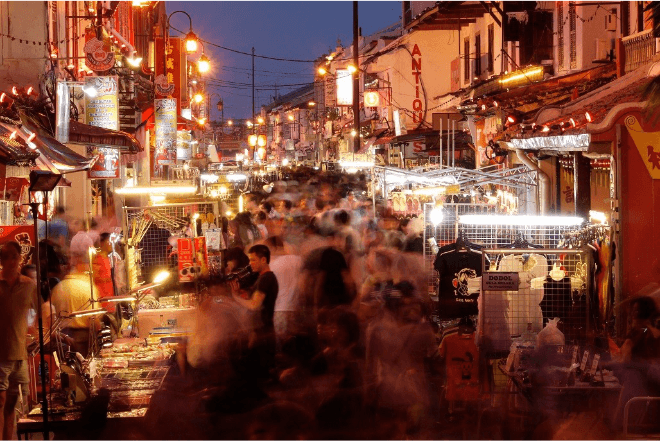
The Asian Development Bank (ADB) sees the economies of Southeast Asia recovering this year after contracting 4.0% in 2020.
In its latest Asian Development Outlook, ADB forecasts the region to grow 4.4% this year and 5.1% in 2022 as mass vaccinations roll out and expansionary monetary and fiscal policies revive domestic demand.
Overall, the outlook for developing economies in Asia, not just in the southeast, is rosy. ADB expects developing Asia to grow by 7.3% in 2021 and 5.3% in 2022 on the back of strengthening global and regional demand. However, the coronavirus disease (COVID-19) pandemic, which resulted in a 0.2% contraction last year, can still derail recovery.
Risks to growth
“Growth is gaining momentum across developing Asia, but renewed COVID-19 outbreaks pose a threat to recovery,” says ADB Chief Economist Yasuyuki Sawada in a news release. “Economies in the region are on diverging paths. Their trajectories are shaped by the extent of domestic outbreaks, the pace of their vaccine rollouts, and how much they are benefiting from the global recovery.”
Potential delays in vaccination programs or significant new outbreaks could undermine growth. Other risks identified by ADB are increasing geopolitical tensions, production bottlenecks, financial turmoil from tightening financial conditions, and long-term scarring—for instance, learning losses due to school closures.
ADB sees trade-dependent Southeast Asia tracking developments in the global economy. Accommodative financial policies are benefitting Indonesia, Malaysia, and Singapore, while infrastructure and social assistance spending are expected to revive the Philippine economy. Spared from a recession last year, the economies of Brunei Darussalam and Viet Nam are forecast to continue to grow.
Inflation in the region is expected to double to 2.4% in 2021 and 2022 from 1.2% in 2020.
Social and green finance
In the meantime, ADB called for policies to support the development of social and green finance to ensure that recovery from the pandemic is inclusive, resilient, and sustainable. The 54th Annual Meeting of the ADB Board of Governors next week will focus on deepening regional collaboration for a resilient and green recovery from the COVID-19 crisis. The event will be held in a virtual format from 3 to 5 May 2021.
“COVID-19 has disproportionately hurt the poor, but it also presents an opportunity to build back better,” says Sawada. “This ‘Great Reset’ requires vast investment in the environment and in social sectors, such as health and education. It can only happen through concerted efforts by the region’s governments and the private sector, especially since government revenue has been hit hard by the pandemic. Governments should strengthen the market infrastructure and ecosystem for green and social finance so that it can flourish and contribute to a sustainable and inclusive recovery.”
Social and green finance are financing instruments designed to promote environmental and social goals. The ADB report urges governments to use fiscal measures, legislation, and regulation to accelerate the growth of green and social finance. Regulations that enforce common standards for information disclosure and impact measurement can help ensure that green and social finance is effective, sustainable, and attractive—especially for the private sector.
Emerging opportunities
Green and social finance has grown rapidly in recent years, especially in the private sector. Changing investor preferences toward sustainable development goals have played a big role. Over $30 trillion, or one-third of global assets, are now under management guided by environmental, social, and governance considerations. Firms are using green and social finance to hedge sustainability risks, attract “patient investors,” and gain greater resilience to shocks. While high-income economies still dominate the market, developing Asia is the leader among emerging markets in green, social, and sustainability bonds, according to the report.
In Southeast Asia, the Association of Southeast Asian Nations (ASEAN) adopted a post-pandemic economic recovery framework that aims to “build back cleaner” as one of its objectives. It launched the Green Recovery Program under the ASEAN Catalytic Green Finance Facility (ACGF) to support green investments as part of COVID-19 recovery measures by using innovative green finance instruments and approaches.
ASEAN also recognizes the growing importance of social finance in the region. A key initiative of the ASEAN Capital Markets Forum (ACMF) is to develop social bonds.
Social bonds raise funds for new and existing projects with positive social outcomes. These include projects that improve access to public services, such as education and basic infrastructure, provide affordable housing, create jobs, and enhance food security.
This article was first published by BIMP-EAGA on 29 April 2021.

